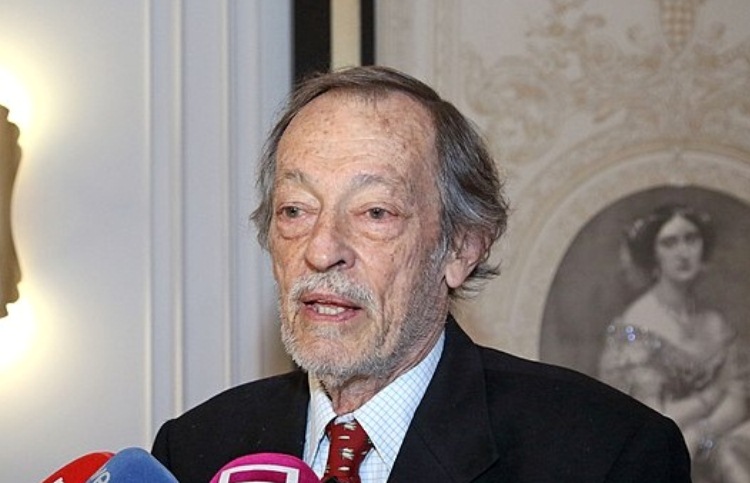Eduardo González
Emilio Cassinello, one of Spain’s most prestigious diplomats and experts in international policy, lived the craziness of the attacks on 11 September 2001 first-hand in New York, where his condition of Spain’s Consul General forced him to respond to around 3,000 Spanish tourists that had been literally trapped on the Big Apple.
The biggest terrorist attack of history (twenty years ago this week) surprised them like it surprised many New Yorkers in their everyday lives. “I had just left the consul’s residency, located at a corner between the Fifth Avenue and the 63 Street, when the driver of my car told me: ‘a plane crashed into the Twin Towers’”, Cassinello explained to The Diplomat.
“The first thing I thought was: ‘How clumsy, how is it possible for a plane to crash into the Twin Towers, as if they were not visible’. I only thought of it as an accident. Serious, with some deaths, but on that scale”, he admitted. “When I got out of the car, I saw in a monitor how the second plane crashed, and that was a different thing already”, he remembered.
“I ran to the chancery and the first thing I asked was what time did the observance platform of the North Tower open, where could Spanish tourists be, and they told me nine in the morning. From that moment on, the news turned more alarming and more tragic”, he continued.
On 11 September 2001 Madrid was holding a conference for ambassadors, so “neither the permanent ambassador before the UN, Inocencio Arias, nor the Spain’s Ambassador to the United States, Javier Rupérez, were there, and I was the representative authority of the State of the highest standing”, explained Cassinello, who exercised as consul general to New York between 1998 and 2003.
According to the former consul, and current director general of the International Centre of Toledo for the Peace (CITpax in its Spanish acronym), many Spanish people started arriving to the consulate immediately after the attacks. “We estimate that there were about 3,000 Spanish people passing by, who had been trapped on Manhattan, in New York, without flights or ships, or any other type of transport”, he remembered. “People started to accumulate in the office with the idea of heading to the airport, but the air space was completely closed”.
“We wanted to speak with Madrid, but we could not, because all communications were closed”, until, at the initiative of a Spanish citizen, we decided to turn to the España Directo service with reverse charge. “That was the way to get in touch with the OID and the Cabinet of the minister”. Besides, the consulate was overwhelmed with calls from “families that did not know the whereabouts of their relatives, families that did not even know whether their relatives were in New York”.
“The consulate was open seven days and seven nights, we all were on duty, the permanent representation, the tourist, commercial and consular offices, attended the people who arrived, distributing consular assistance of 20,000 dollars provided by Madrid, 200 refundable dollars per Spaniard”, Emilio Cassinello explained.
From a human point of view, Cassinello has the memories of the tragedy, such as that of a married couple who died in the Towers. “She had been a Spanish citizen until recently and was pregnant”. He also remembers the “terrible and nightmarish sight” in the city. “One of the things that impressed me the most was the electrifying silence in New York. It smelled like fire. I remember the words of a man who said: ‘We have taken communion with the ashes of the death’”.





